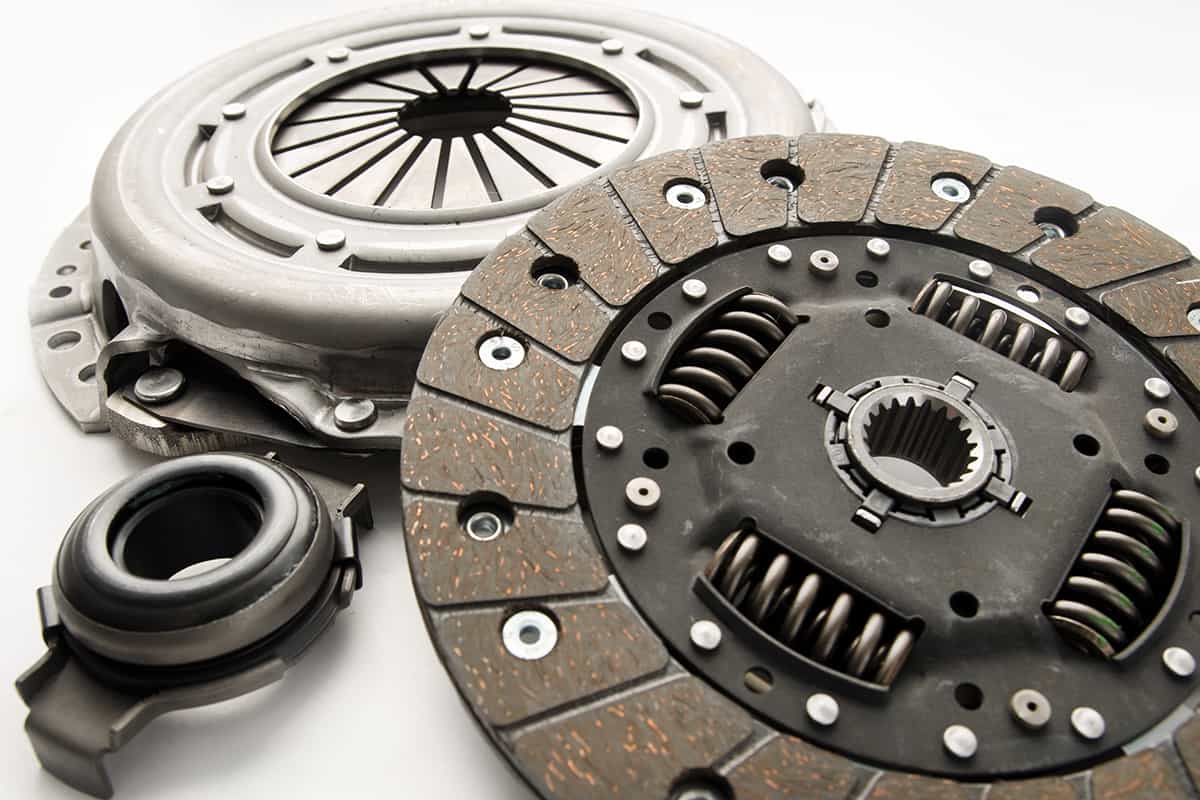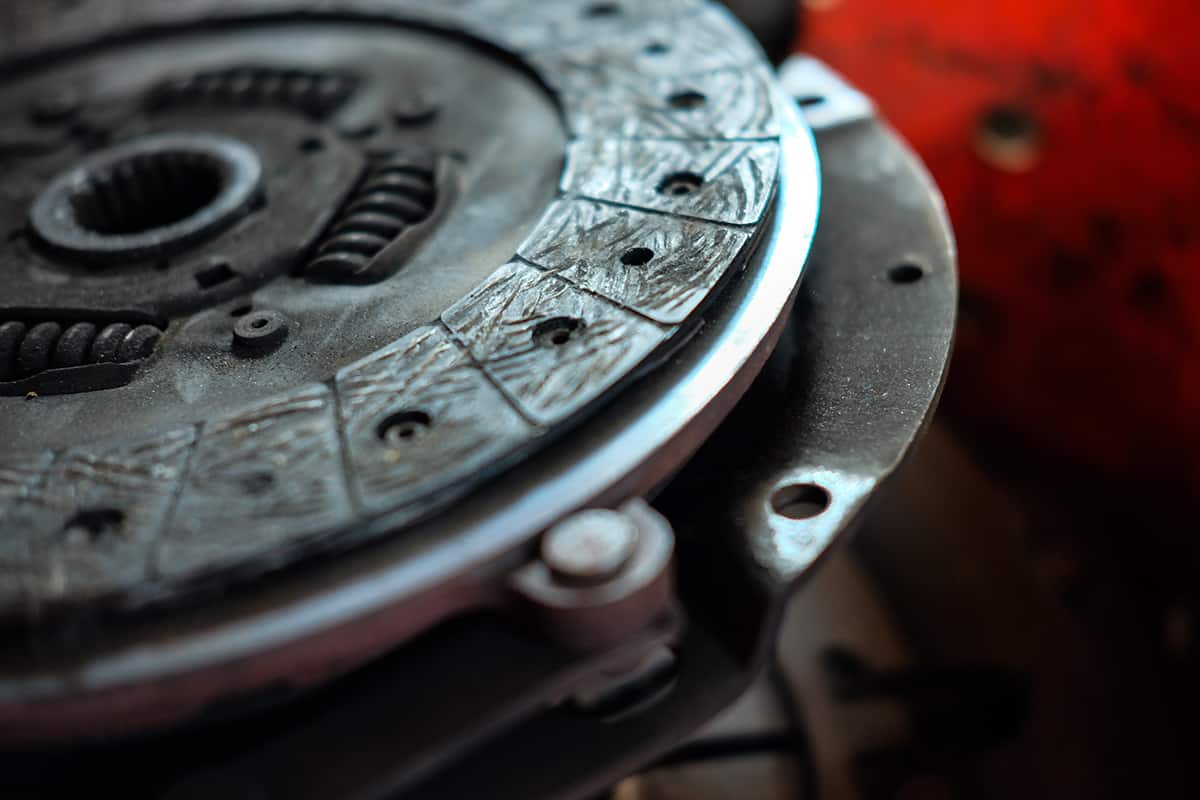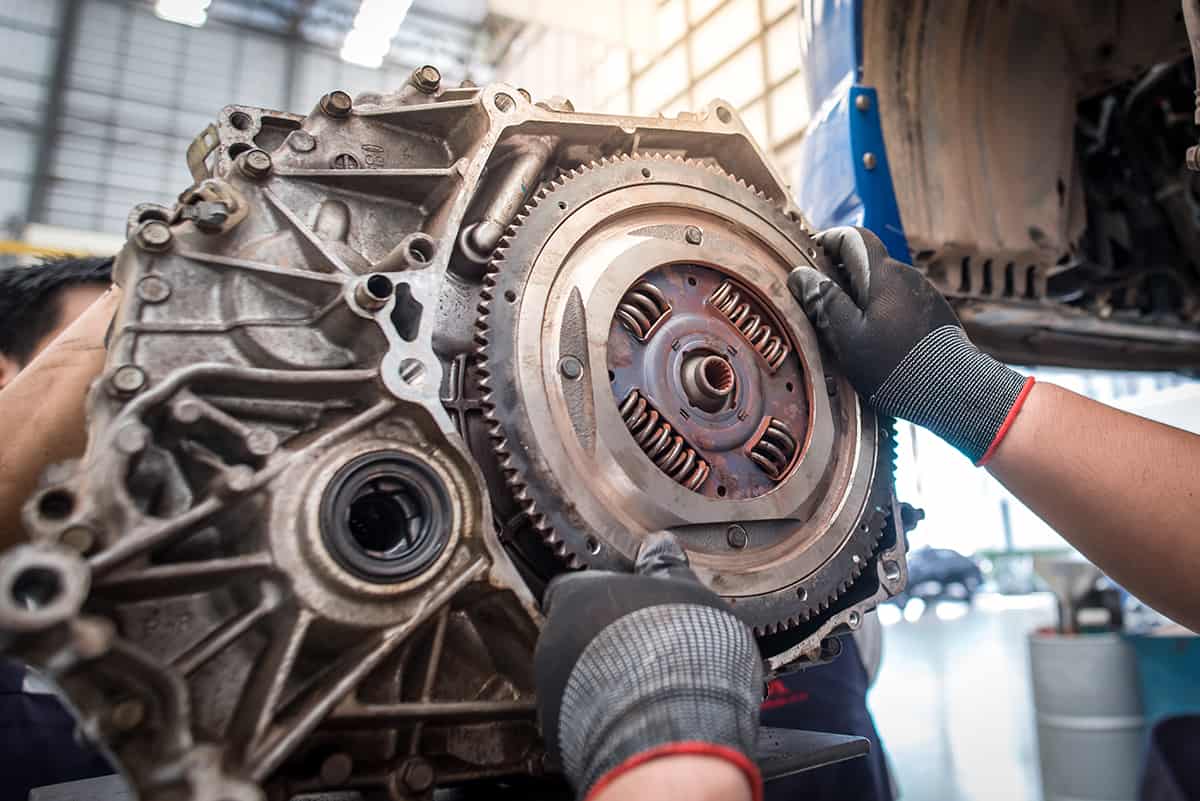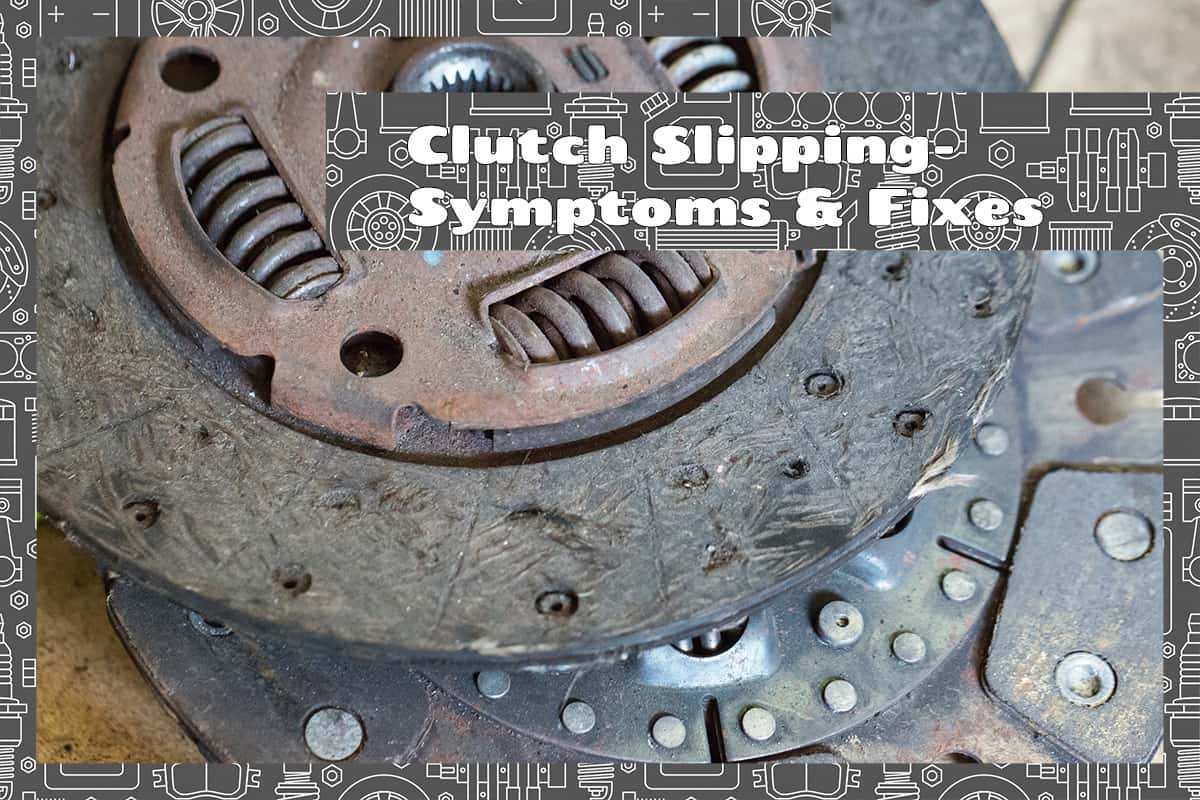The clutch ensures a smooth ride, but sometimes, it can start to ‘slip’ or fail to properly deliver the engine’s power. This can lead to a variety of issues, making driving difficult and potentially damaging other parts of your vehicle. Car owners should be able to recognize when the clutch is slipping so they can address the issue before it gets worse.
Is your clutch slipping? Here’s how to tell:
- Your car’s engine revs increase, but the speed doesn’t.
- Shifting gears becomes a struggle.
- You hear unusual noises when using the clutch.
In this article, we’ll dive deeper into clutch slipping. We’ll learn how to recognize it, understand why it happens, and explore how to fix it.
A Quick Intro to Clutch Operation

In your car, the clutch serves as a vital middleman between the engine and the wheels. The engine is always spinning, but the wheels aren’t. The clutch allows you to smoothly connect and disconnect the spinning engine to the stationary wheels whenever you start your car, shift gears, or stop.
The Key Players in Clutch Operation
The main components of the clutch are the clutch disc, flywheel, and pressure plate.
- The clutch disc is sandwiched between the pressure plate and the flywheel.
- The flywheel is attached to the engine. It spins along with the engine and has a flat, smooth surface on one side.
- The pressure plate, attached to the clutch disc, has a similar smooth surface that faces the flywheel. The pressure plate can move toward and away from the flywheel, pressing the clutch disc against it or allowing it to be free.
How the Clutch Works During Gear Shifting
When you press down on the clutch pedal, the pressure plate moves away from the flywheel. This separates the clutch disc from the flywheel, effectively disconnecting the engine from the wheels. This disconnection lets you shift gears without grinding or damaging the gear teeth.
Once you’ve shifted to the new gear and begun to release the clutch pedal, the pressure plate moves back toward the flywheel. It pushes the clutch disc to make contact with the flywheel. This reconnection allows the engine’s power to be delivered to the wheels at a speed that matches the new gear.
Identifying Clutch Slipping
A slipping clutch can make your car’s ride rough and unpredictable. Let’s dive into how to identify this problem in your car’s clutch.
Key Indications of a Slipping Clutch
- A sudden increase in revs without acceleration: When you press the gas pedal, you expect the car to speed up. If your car’s engine revs up, but the car doesn’t accelerate as it should, the clutch might be slipping.
- Difficulty shifting gears: If it’s hard to shift gears, or if the car shakes or jerks when you do, this might be due to a slipping clutch. The clutch isn’t effectively disconnecting the engine from the wheels during the gear shift.
- Unusual noise from the clutch: If you hear a strange noise when you press or release the clutch pedal, it could mean trouble. This noise could sound like grinding, squealing, or chirping.
Performing the clutch slipping test
Start your car and let it warm up: It’s easier to detect clutch slipping when the engine is warm.
Shift to a higher gear: Choose a gear higher than what you’d normally use for your current speed (like shifting to fourth or fifth gear when moving slowly).
Press the gas pedal: While observing the tachometer (which shows your engine speed), step on the gas pedal.
Common Causes of Clutch Slipping
Below are some common reasons your clutch might be slipping.
1. Excessive clutch wear

Over time, the friction material on the clutch disc wears down – much like the eraser on a pencil. This can cause the clutch disc to lose its grip on the flywheel and pressure plate, resulting in the clutch slipping. High mileage, frequent stop-and-go city driving, or aggressive driving habits can accelerate this wear and tear.
2. Improper clutch adjustment
If a clutch is not correctly adjusted, it might not fully engage or disengage when you press and release the clutch pedal. This can cause the clutch disc to slip against the flywheel. Proper clutch adjustment is crucial for smooth and efficient clutch operation.
3. Oil contamination
When oil or another fluid contaminates the clutch disc, it can’t maintain a good grip on the flywheel, leading to clutch slipping. The oil can come from a leak in the engine or transmission.
4. Heat damage
Excessive heat can damage the clutch disc’s friction material, reducing its ability to grip the flywheel and pressure plate. This heat can come from aggressive driving, like fast starts or heavy stop-and-go traffic, or from a malfunctioning cooling system.
5. Mechanical failures
Sometimes, clutch slipping can be caused by a mechanical issue. This could include a damaged pressure plate, a broken clutch cable, or a malfunctioning clutch master cylinder. These components are crucial for proper clutch operation, and any problems with them can lead to clutch slipping.
Steps to Fix a Slipping Clutch
Here’s a breakdown of how you can fix a slipping clutch, whether it’s adjusting or replacing it.
Assessing the condition of your clutch
Before starting any repair, it’s essential to assess the condition of your clutch. Is the clutch disc thin and worn? Are there oil stains on the clutch disc? Does the clutch pedal feel loose or hard to press? Answering these questions can give you clues about the cause of the slipping and guide you toward the best fix.
Tools needed for clutch repair
Fixing a slipping clutch requires some tools. These include a jack to lift your car, wrenches, and screwdrivers to remove parts, and a new clutch kit if you’re replacing the clutch. Always ensure you have the right tools and parts before starting your repair.
Replacing vs. adjusting your clutch

Sometimes a slipping clutch can be fixed by adjusting it, but other times it needs to be replaced.
- When to replace your clutch: If the clutch disc is severely worn or contaminated with oil, it’s often best to replace it. This is a bigger job that usually involves removing the transmission, so it might be best done by a mechanic.
- When to adjust your clutch: If the clutch isn’t properly adjusted, it might be causing the slipping. In this case, adjusting the clutch could fix the problem. This often involves tightening or loosening the clutch cable or hydraulic linkage.
Guide to Clutch Adjustment
Check out Nthefastlane’s video guide on how to easily adjust the clutch.
- Locate the clutch cable or hydraulic linkage: This is usually near the top of the clutch pedal.
- Adjust the clutch: For a cable, this might involve tightening or loosening the adjuster nut. For a hydraulic clutch, you might need to bleed the hydraulic system to remove air bubbles.
- Test the clutch: After adjusting, test the clutch to see if it’s still slipping.
Guide to Clutch Replacement
Replacing a clutch is a larger task that requires more technical know-how of your car. ChrisFix has an excellent video guide on this subject, but it pretty much involves the following steps:
- Remove the transmission: This involves disconnecting various parts and can be a challenging task.
- Remove the old clutch: Once the transmission is removed, you can access the old clutch and take it out.
- Install the new clutch: Put the new clutch disc in place, ensuring it’s properly aligned, then reinstall the transmission.
Tips to Prevent Clutch Slipping
It’s better to avoid problems than to fix them later. Here are some tips to help you keep your clutch in top shape:
- Drive smoothly: Avoid aggressive driving habits like fast starts or rapid gear shifts. These can wear out the clutch more quickly.
- Use the clutch fully: Make sure to fully press the clutch pedal when shifting gears. Partial clutch use can lead to slipping.
- Avoid riding the clutch: Don’t keep your foot on the clutch pedal when you’re not shifting gears. This can cause unnecessary wear.
- Fix oil leaks promptly: If you notice any oil or other fluid leaks, get them fixed right away to prevent contamination of the clutch.
- Get regular check-ups: Regular car check-ups can help spot clutch wear early, before it leads to slipping.






